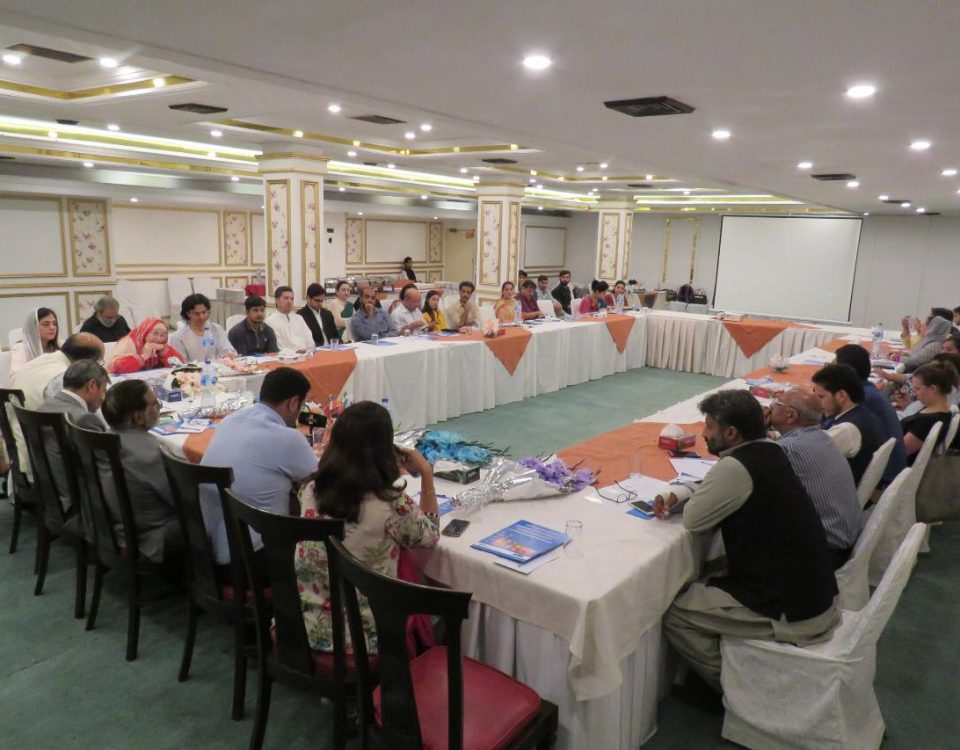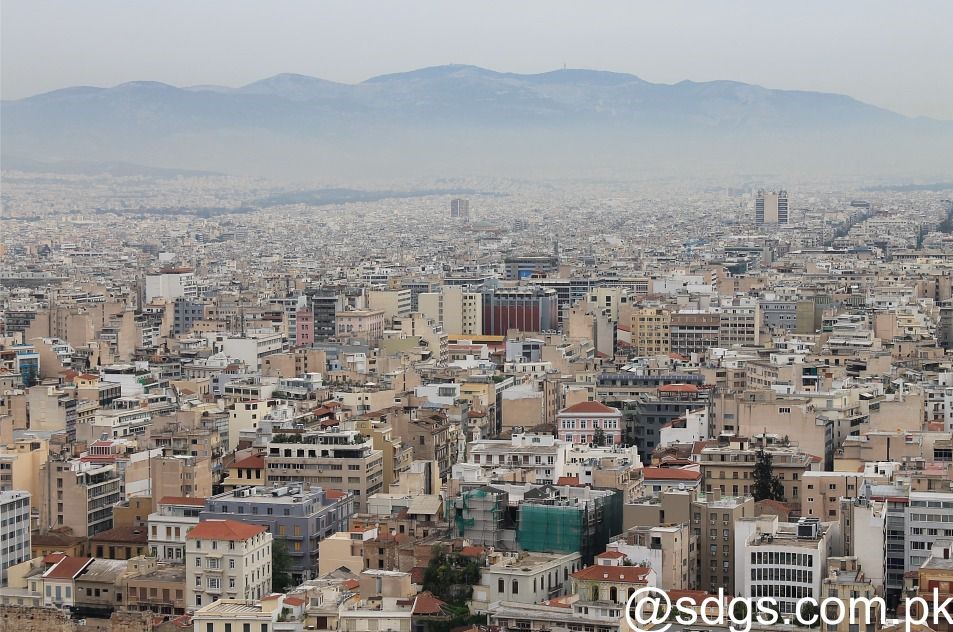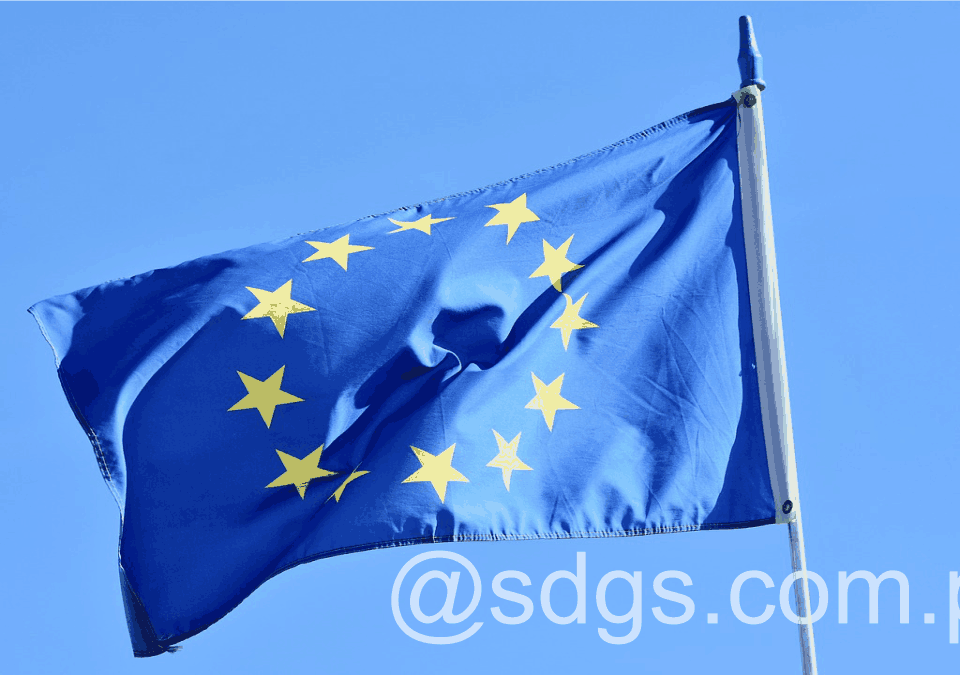
Experiences in Building Resilience.
May 10, 2019
Deputy Secretary-General Updates Member States
May 11, 2019The experts met to discuss lessons learned from the first four-year cycle of the United Nations High-level Political Forum on Sustainable Development (HLPF), which ended in July 2019. In the context of an intergovernmental review At the 74th session of the United Nations General Assembly, participants exchanged views based on their experiences with the HLPF and made suggestions for improving voluntary national examinations, examinations and examinations. SDGs and multi-stakeholder participation, among others.
The HLPF was established in 2013 by UN General Assembly Resolution 67/290 on Format and Organizational Aspects of the HLPF. In order to clarify the monitoring and review function of the HLPF, in 2016, the UN General Assembly adopted resolution 70/299, which defined the specific themes of the Forum for 2017, 2018 and 2019, as well as the set of sustainable development goals to be examined in depth in those years. With this resolution, the General Assembly also decided to review the progress made in the implementation of the two resolutions at the 74th (2019-2020) session “to build on the lessons learned from the first cycle” of the HLPF. At the end of this first cycle, the HLPF will have reviewed the progress made in the 17 Sustainable Development Goals.
The United Nations Department of Economic and Social Affairs (DESA) expert group meeting on these lessons was held from 6 to 7 May 2019 in New York, USA, in accordance with the rules of Chatham House. The discussion focused on: the role of the HLPF and opportunities to improve it; voluntary national reviews (VNRs) of the implementation of the SDGs in countries; Thematic and thematic review of the HLPF; multi-stakeholder participation; and plans for the consideration of the 74th session of the HLPF.
Role of the HLPF and opportunities for improvement
Participants noted that the HLPF is the unique global platform provided to the UN Member States, United Nations entities and stakeholders to discuss the 2030 Agenda and the implementation of the Sustainable Development Goals. Some said that the Forum was trying too hard to do better given the eight days allocated to it. To remedy this, they suggested: lengthening its duration; “Alleviate” the problem by creating flexible meeting spaces outside UN premises; and/or better use of the discussion time.
One participant said that the broad scope of the HLPF allowed it to use a full range of inputs, including sectoral inputs. Many called for better use of these inputs, such as reports produced by UN agencies and stakeholders, and the results of regional and expert meetings. They suggested: providing more detailed guidance on the types of inputs that could feed the HLPF; perform a more systematic analysis of inputs; and go beyond downloading these entries to the HLPF website to increase their visibility.
It was also noted that forum discussions should be fact-based and data-based and make the most of existing reports such as the reports of the UN Secretary-General and the World Report on Sustainable Development (GSDR), as well as results of evaluations and other processes. Some noted problems with disaggregation and disaggregation of data, and someone suggested identifying areas in which countries need support for the implementation of the Sustainable Development Goals so that these areas are highlighted at the HLPF and attract partnerships.
On the outcome of the High-level Political Forum, one delegate noted that the ministerial statement is usually “flat” because it was previously negotiated and agreed informally before the forum. Some called for a more action-oriented statement, involving more stakeholders in its preparation, and wanting it to better reflect regional assessments of the implementation of the Sustainable Development Goals.
NRV
Participants identified several benefits related to RNVs, such as encouraging countries to adopt a whole-of-government and whole-of-society approach; helping to anchor sustainable development at the highest levels of government to ensure ownership; catalyze partnerships, and provide an opportunity to be informed about the position of developed and developing countries in terms of implementing the SDGs.
Source: SDG Knowledge Hub.




